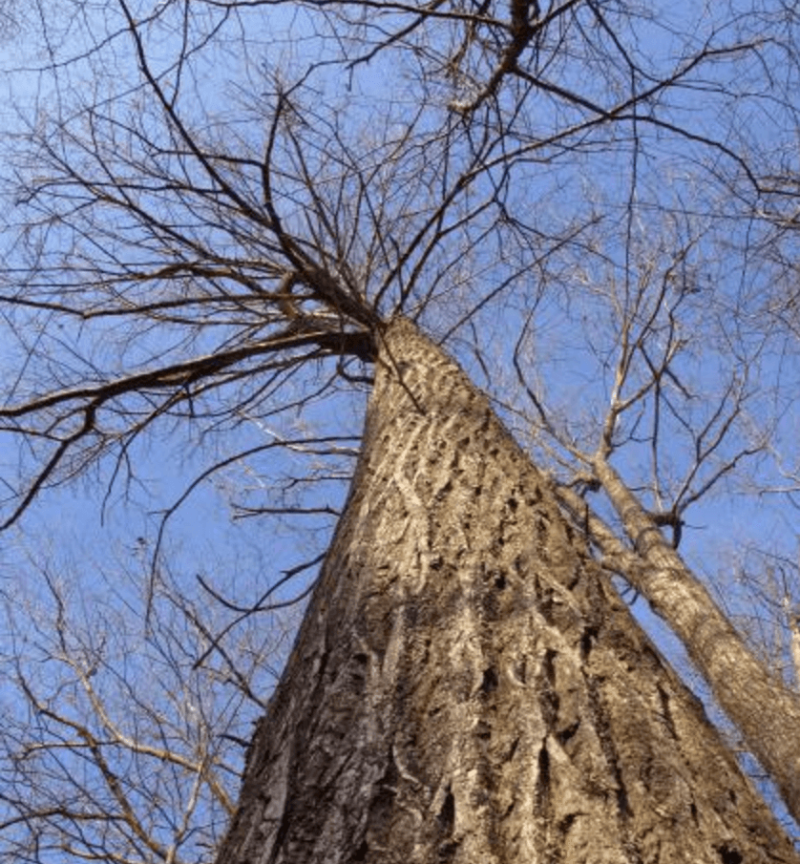The GLP aggregated and excerpted this blog/article to reflect the diversity of news, opinion and analysis.
New Hampshire is home to hundreds of American chestnut seedlings growing as part of attempts to produce a blight-resistant chestnut tree through traditional cross-breeding, but in a few years it might also have some trees that were created through a different process: genetic modification.
“We hope to have 10,000 blight-resistant seedlings ready for distribution” in as little as three to five years, said Allen Nichols, president the American Chestnut Foundation’s chapter in New York state. Seedlings will first go to members of the state chapter, which includes some New Hampshire residents who joined partly to get in line, Allen said. . .
Called the American Chestnut Research and Restoration Project, the project is trying to return the majestic chestnut to American forests.
Through the late 1800s, chestnuts made up as much as one-third of hardwood trees in Eastern forests, and were valued for their wood and for the prodigious amount of high-fat, high-protein nuts that they produced. But a fungus carried here on imported Japanese chestnut trees caused a blight that virtually wiped out the species by 1920, killing as many as four billion trees. . .
An alternative attempt to create blight-resistant trees, run by the American Chestnut Foundation, involves crossbreeding American and Chinese chestnut trees. Hundreds of such crossbred trees are being grown on sites across New Hampshire, although it will be at least a decade more before potentially resistant trees are available for planting by the general public. It takes at least six generations of crossbreeding and each generation takes about five years to mature.
Read full, original post: Chestnut trees planting a comeback?































